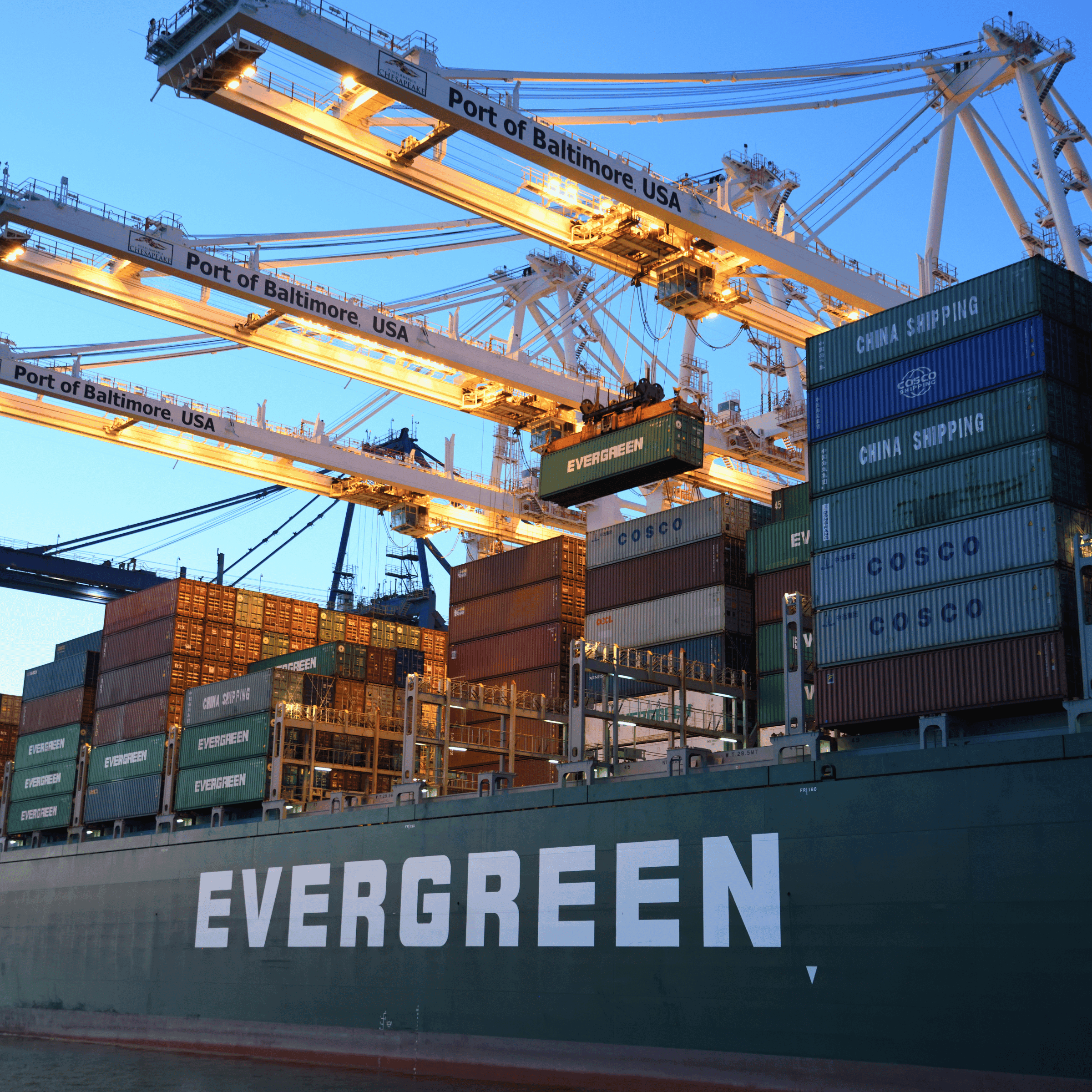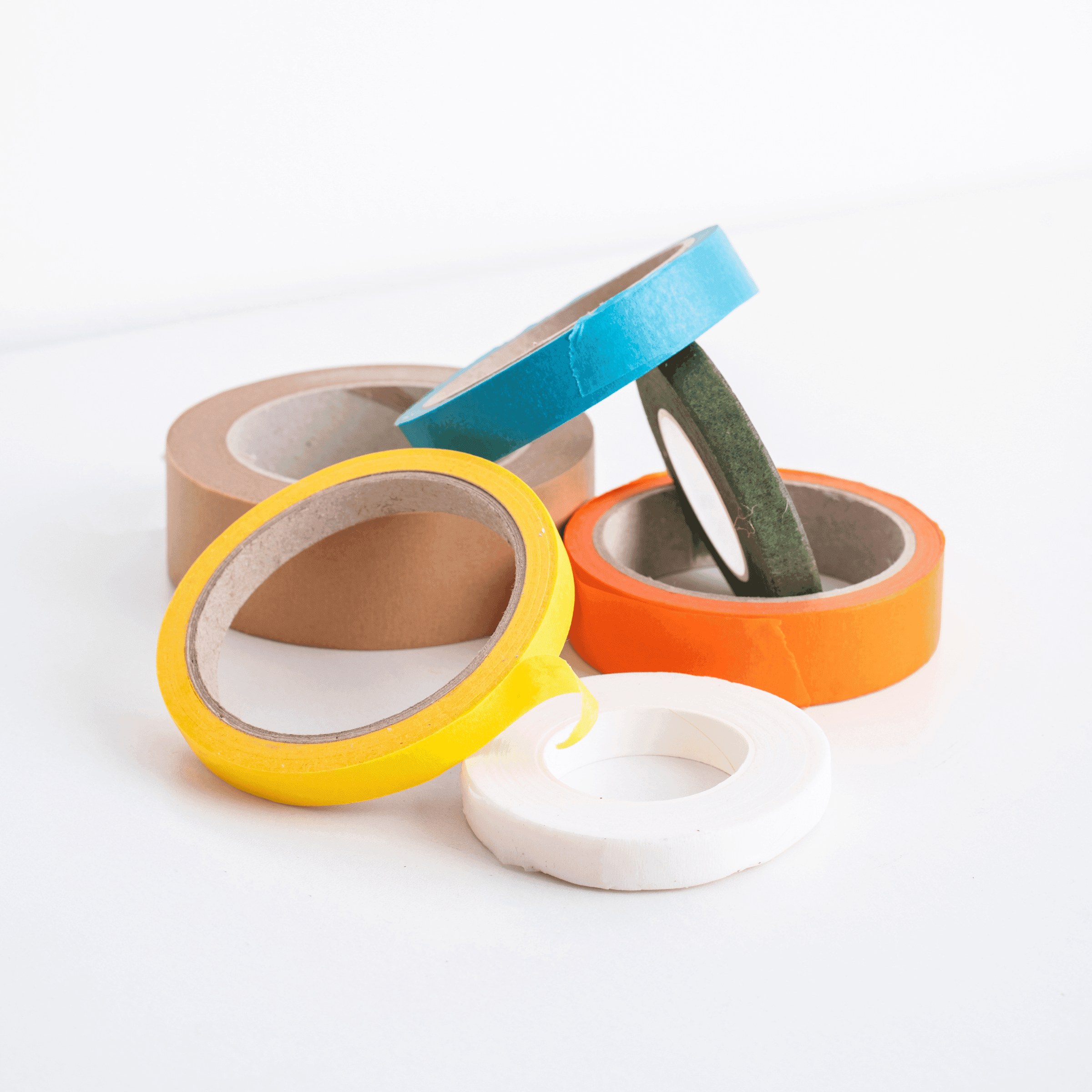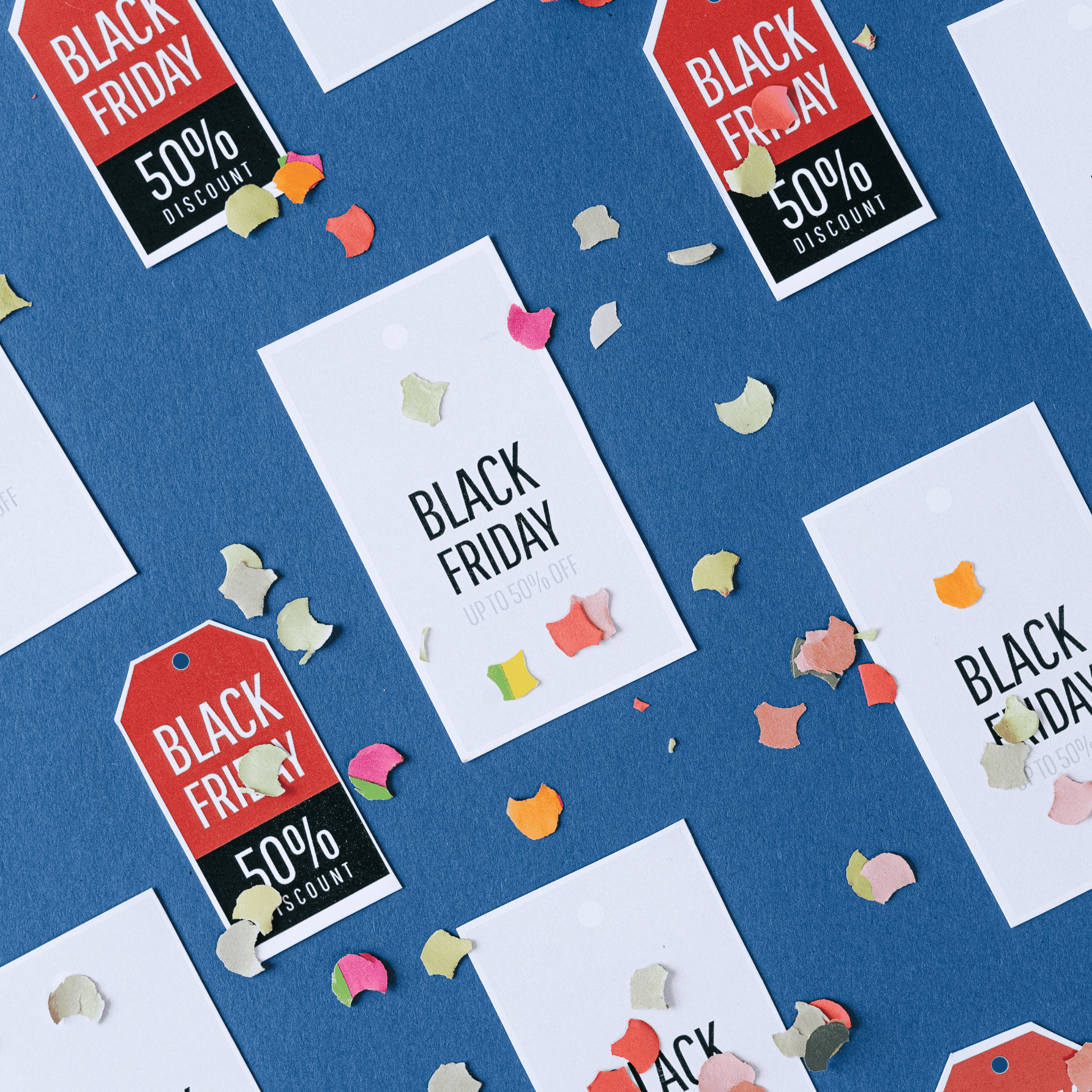Fashion & Luxury Brands Are Turning to Bonded Facilities Amid Tariffs — And How Our South Hadley, MA Site Fits In
Fashion and luxury brands are reworking supply chains to protect margin and agility as tariffs and seasonal volatility increase risk. One of the most effective tools in that strategy is U.S. customs bonded warehousing—letting you land inventory in the U.S., hold or prep it for sale, and defer or even eliminate duties depending on where the goods ultimately go.
Below is a practical guide to how bonded facilities work for apparel, footwear, accessories, and beauty—and a detailed look at how Snapl’s 55,080 sq. ft. Class 3 Public Bonded Warehouse in South Hadley, Massachusetts supports fashion and luxury programs.

What a Bonded Warehouse Actually Does (in plain English)
Under U.S. law, a customs bonded warehouse is a secure facility where imported, dutiable merchandise can be stored and even manipulated (e.g., sorting, repacking, certain labeling) without paying duty for up to five years from the date of import. Duties are paid only if/when the goods are withdrawn for U.S. consumption; if you export or destroy them under CBP supervision, no duty is due.
CBP recognizes multiple warehouse classes. A Class 3 site is a public bonded warehouse used for storage of imported merchandise; “manipulations” can be performed in bond under CBP rules and supervision.
Why Fashion & Luxury Brands Are Shifting to Bonded
1) Duty deferral and cash‐flow control. You don’t tie up cash on duties until you release goods to U.S. commerce; if a style is re-exported (e.g., to Canada/EU or for wholesale outside the U.S.), the duty obligation can be avoided entirely.
2) Tariff exposure management. Section 301 measures have materially increased landed costs for many China-origin categories (lists with 25% and 7.5% additional duties are still in effect for various goods). Bonded storage gives you time to decide whether to re-route, re-export, or throttle U.S. releases by channel.
3) Seasonal and capsule drops. Land products early, perform retail prep in bond, and stagger duty liability to match drop calendars.
4) Sampling, QC, relabeling, and pack changes in bond. CBP permits certain changes of condition, like sorting and repacking, under supervision—useful for retailer-specific ticketing or set builds without triggering duty before you need to.
5) Returns and international DTC. Hold global DTC inventory in bond and allocate to U.S. or export channels as demand becomes clear.

Bonded vs. FTZ vs. “Standard” 3PL
- Bonded warehouse (19 CFR Parts 19 & 144): Duty deferred up to 5 years; manipulations/repacking possible under CBP supervision; duty due on U.S. withdrawal, not due on exportation or destruction under bond.
- Foreign Trade Zone (FTZ): Distinct regime with its own activation/operating rules; can change duty rate via “inverted tariff” in some cases, but setup/administration differs from bond. Use when continuous U.S. processing/assembly is needed.
Both are duty-deferral programs recognized by CBP; the right choice depends on your assortment, processing, and channel strategy.
Cost Impact: A Simple Scenario
Assume a shipment valued at $500,000 lands in the U.S.
- If subject to an additional 7.5% tariff (example: List 4A), immediate release means $37,500 in extra duties (0.075 × 500,000). If you place it in bond, sell 40% into the U.S. and re-export 60%, you’d pay $15,000 (0.075 × 200,000) instead of $37,500—$22,500 conserved (before storage/handling).
- If your items are on a 25% list, immediate release is $125,000; releasing only 40% would incur $50,000, conserving $75,000.
(Actual rates depend on HTS classification and origin; use this as directional modeling.)

How Snapl’s South Hadley, MA Bonded Facility Supports Fashion & Luxury
Facility snapshot (South Hadley, MA):
- 55,080 sq. ft. Class 3 Public Bonded Warehouse with dedicated fashion workflows
- Duty-deferred storage, deconsolidation, and allocation by channel
- Retail readiness in bond under CBP supervision where applicable: ticketing, hangtags, polybagging, size stickers, assorting, repacks, and value-adds (kitting/gift sets)
- EDI/retailer compliance capabilities (big-box routing, GS1 labeling, case packs, ASN)
- Ecommerce enablement: inventory segmentation for DTC vs. wholesale; Amazon prep options; serialized tracking
- Security & governance: chain-of-custody logging and bonded recordkeeping aligned to CBP oversight
- Operates within the CBP Boston Field Office region, with ports of entry in Massachusetts including Boston and New Bedford for coordination and oversight.
Common Fashion/Luxury Use Cases We Run in Bond
- Global launch staging: Land capsule collections, perform retailer-specific prep, then release U.S. units just-in-time while holding the balance for export or later drops.
- Wholesale vs. DTC split: Start everything in bond, pull U.S. wholesale allocations to meet ship windows, and keep DTC reserve duty-deferred until you launch.
- NY/LA market weeks & shows: Allocate show samples in bond; re-export or destroy under supervision afterwards to avoid unnecessary duties.
- Labeling or pack-out changes: Swap price stickers or size runs and repack mixed cartons under supervision without triggering duty early.
Compliance, Records, and “What CBP Expects”
- Five-year limit: Merchandise cannot remain in bond longer than 5 years from import (extensions are discretionary).
- Permits & supervision: Manipulations/changes of condition occur under CBP rules; duties are determined at withdrawal from bond.
- Local oversight: Bonded warehouses are established and monitored with the local port director; we coordinate filings and audits accordingly.

Getting Started: What We Need from Your Team
- Style master + HTS by SKU (or we’ll help classify with your customs broker)
- Channel plan (U.S. wholesale/DTC vs. export mix) and drop calendar
- Retailer compliance specs (ticketing/pack, ASN, labels)
- Decision rules for withdrawals (e.g., sell-through thresholds, calendar gates)
We then design the inbound-to-bond workflow, define any in-bond manipulations, and implement an allocation schedule to reduce tariff exposure without sacrificing speed to shelf.
FAQs
How long can goods stay in your bonded warehouse?
Up to five years from the date of import, after which goods must be withdrawn for consumption (duty paid), exported, or destroyed under CBP supervision.
Can you relabel or repackage apparel in bond?
Yes—CBP allows certain manipulations (e.g., sorting, repacking, changing condition) in a bonded facility under supervision; we scope the process with your broker and CBP.
Is bonded better than an FTZ for fashion?
If your priority is duty timing and flexible channel allocation, bond is often simpler to stand up. If you need continuous U.S. processing/assembly or inverted tariff benefits, an FTZ may suit. We help you compare both.
Which tariffs apply to my items?
Tariffs depend on HTS code and country of origin. Some China-origin lists carry 25% or 7.5% additional duties; we’ll validate your exact rates with your broker.
South Hadley, MA — Bonded Facility Details
- Service: Duty-deferred storage, in-bond manipulations (as permitted), retail compliance, and export processing
- Footprint: 55,080 sq. ft. bonded facility
- Designation: Class 3 Public Bonded Warehouse
- Industries: Fashion, footwear, accessories, beauty, and premium consumer goods
- Coverage: New England + national distribution; CBP oversight under the Boston Field Office network of ports of entry.
Let’s Reduce Your Tariff Exposure
Tell us your current HTS/COO mix and target channels. We’ll model the duty cash-flow, map allowed in-bond manipulations and design a bonded release plan that protects margin without slowing launches.
Compliance notes: This article provides general information. Always confirm HTS classification, origin, and tariff status with your customs broker. Sources: CBP bonded warehouse guidance and regulations; USTR review of Section 301 actions; CBP Boston Field Office/MA ports for local oversight.

Cut tariff costs. Defer duties. Grow faster.
Contact Us





